The Gift of South Dakota
Subscriptions to South Dakota Magazine make great gifts!
Subscribe today — 1 year (6 issues) is just $29!
Some Things Never Change in S.D.
Apr 2, 2019
South Dakotans have patiently awaited the joyful harbingers of spring: a tree beginning to bud, a flash of color from a tulip, grass slowly changing hue from brown to green. But the first sign of spring we received this year was not so welcome. March brought flooding to parts of East River, mixed with a statewide blizzard.
The mid-March storm was no surprise to most of us. We’ve endured our share of spring setbacks. In fact, our March/April issue — published just as the recent storms were gathering — includes a story on the awful historic winter and spring of 1952.
Our longtime writer Paul Higbee began the article with a line that could have made a headline this month: “It was a demon of a blizzard that melted into a monster of a flood.” The January storm of ’52 especially hit the Rosebud region of south-central South Dakota. Mission, White River, Winner, Philip, Murdo, Gregory and Pierre were hammered the hardest but the storm swept over the entire state, delivering severe winds and snow from Rapid City to Watertown.
Snowmelt in the spring brought more disaster. High water along the Missouri River valley and its tributaries drove 7,748 people in 17 counties from their homes. Miraculously, there were no fatalities. But 45 houses were destroyed and 584 damaged.
The Rosebud disaster wasn’t the most tragic storm in state history, but it’s one that captured the state’s imagination in part thanks to Laura Hellmann of Millboro, a tiny ranching community in Tripp County. After the storm, she asked 66 writers to quickly submit their survival stories before memories were dulled by time or forgotten. The stories collectively show the tragedy, despair and helplessness that weather can inflict.
Hellmann eventually published the memories in a small book, which she titled Blizzard Strikes the Rosebud. The stories are captivating. A Gregory cafe became home to 32 people for two days; they played cards, listened to the radio and slept in booths. Mildred Benson kept her students at Eden School entertained by organizing a folk dance that went on for two days.
Thor Fosheim, a 75-year-old rancher, rode off on horseback to save his cattle and never returned. Murdo rancher Noel “Pete” Judd went with his nephew to bring his daughters home from school. When their Jeep stalled, the four started walking. Funeral services for all four were held eight days later in Winner.
Most farmers and ranchers didn’t drive four-wheel-drive pickups in the early 1950s, and they didn’t have 100-horsepower tractors with heated cabs and snow blowers. Some of the rescue work was accomplished by foot and on horseback.
However, one thing has remained constant from 1952 to 2019. When times get tough, neighbors and even strangers band together to help one another. Much has changed in South Dakota since 1952. Roads and bridges are better. Dams and levees have been constructed to control flooding. Equipment is better and safer.
But good neighbors are still the greatest blessing when the snow is blowing and the water is rising. It was true in ’52 and true in ’19.


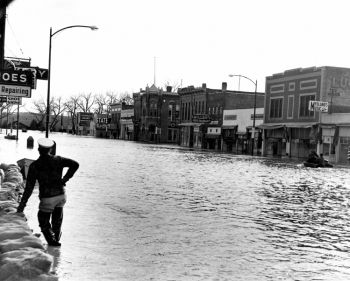
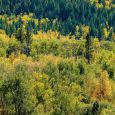
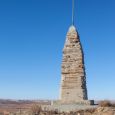
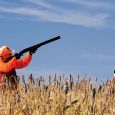
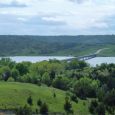
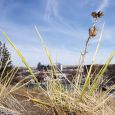
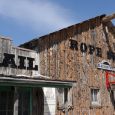


Comments
South Dakota truly is a perpetual welfare state and permanent disaster area.